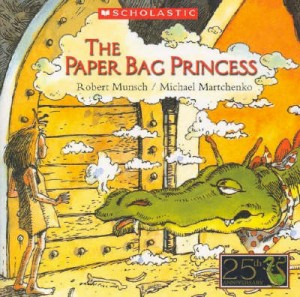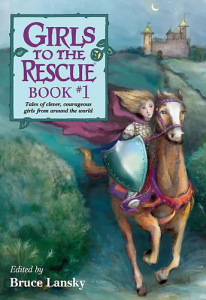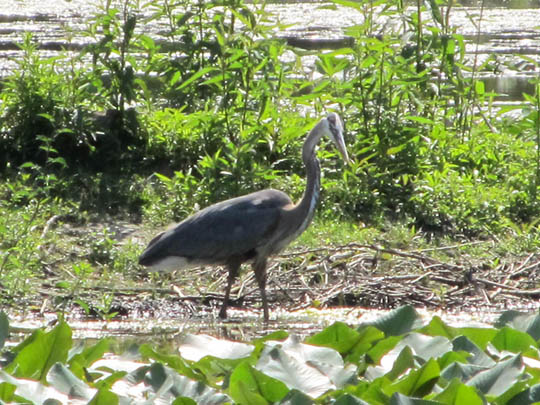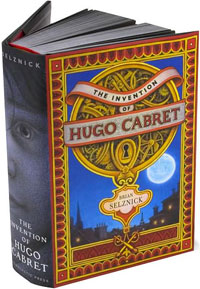The Fair Penelope…
 This afternoon, we finished Rosemary Sutcliff’s Wanderings of Odysseus. My second-grader squirmed with delight next to me, pumping her feet and clapping her hands over her mouth to smother the squeals at Odysseus’ return. My fourth-grader was silent and rapt. (This is despite the fact that when I asked them for words to describe the book, “bloody” was one they both offered…)
This afternoon, we finished Rosemary Sutcliff’s Wanderings of Odysseus. My second-grader squirmed with delight next to me, pumping her feet and clapping her hands over her mouth to smother the squeals at Odysseus’ return. My fourth-grader was silent and rapt. (This is despite the fact that when I asked them for words to describe the book, “bloody” was one they both offered…)
There is something so satisfying about Odysseus’ multi-chapter homecoming. Concealed from his family and faithful servants by a beggar’s disguise until one by one they recognize him, this great hero’s tentativeness as he tries to figure out whether his family still wants him back is endearing. The details are exact and, even woven into such a fantastical epic, they lend an air of realism: the scar on his leg that makes his old nurse recognize him; the old dog who gives a welcoming thump of the tail, knowing his master behind the disguise; the details of Odysseus’ bow and marriage bed with the single olive tree at one corner. He’s crafty and masterful till the end, laying his plan to defeat the obnoxious suitors who have tormented his wife for so long.
But the one I found myself thinking about was Penelope. The story isn’t just about Odysseus, after all. He is an archetypal hero, it’s true, but Penelope is no less an archetypal heroine. Loyal, cunning, hospitable, beautiful, and strong in the face of long adversity, she never loses her tenderness for her husband, but she’s smart about devising tests and tricks to make sure it’s really Odysseus who stands before her. She’s the perfect blend of strength and receptiveness.
 One reason I find her so impressive is that I’ve encountered a few other stories lately that seem to regard the desire for a man as weakness. Though they’re fun in their way, something about the alternative vision they offer seems prosaic and a bit preachy.
One reason I find her so impressive is that I’ve encountered a few other stories lately that seem to regard the desire for a man as weakness. Though they’re fun in their way, something about the alternative vision they offer seems prosaic and a bit preachy.
One is The Paper Bag Princess, which centers around a princess who rescues a prince — then, recognizing that he’s a spoiled, wimpy fellow, opts out of living happily ever after with him. It’s been awhile since we read the story, but that’s the way I remember it.
 The other book is Girls to the Rescue, which I downloaded for free on my Kindle. It takes traditional fairy tales, and adds a few original tales, and spins them so that the female characters are more resourceful and strong. Or at least, that’s the goal. Cinderella gets herself to the ball without a fairy godmother; she makes her own dress and walks, barefoot. After getting her glimpse of the big world, she decides to move out from her stepmother’s house and set up a dressmaking shop in town.
The other book is Girls to the Rescue, which I downloaded for free on my Kindle. It takes traditional fairy tales, and adds a few original tales, and spins them so that the female characters are more resourceful and strong. Or at least, that’s the goal. Cinderella gets herself to the ball without a fairy godmother; she makes her own dress and walks, barefoot. After getting her glimpse of the big world, she decides to move out from her stepmother’s house and set up a dressmaking shop in town.
As I said, it’s fun. In my creative writing class in college, one of the writing exercises we performed more than once was “twisting” a fairy tale — working within the form to give it a different gist. But both these stories seem to set up a false set of choices. You don’t really have to choose between strength and love. It’s true that some of the old Cinderella stories depict helpless heroines, but loveless heroines aren’t much better.
The Odyssey gives us someone pretty inspiring in Penelope. She’s smart and self-sufficient when she needs to be; she’s strong; she’s shrewd. But she’s also loving, proud to belong to Odysseus, and she remains faithful through long trial and crisis. I have mixed feelings about both Cinderella tales and PC revisions of Cinderella tales, but not about The Wanderings of Odysseus. My daughters will read all kinds of stories and meet all kinds of girls and women across the pages, but I’m glad they’ve met Penelope early on.
Visit Hope Is the Word to see what others are reading this week.



7 Comments
Heather @ Books for Breakfast
Thank you so much for visiting my blog! I can’t wait to introduce my kids to Odysseus. Sometimes I have to sit on my hands to keep from jumping the gun.
Amy @ Hope Is the Word
I can’t wait to share this with my girls. Your post is interesting and perceptive, as usual. :-) I’m glad you wrote one today!
Beth
You’ve got my interest piqued. I’m going to have to read the Sutcliffe books now.
Carrie, Reading to Know
Huh. I never thought about that before. What a delightfully interesting post.
Pingback:
Alice@Supratentorial
Great post! I’m a big fan of Penelope, it was on my list for girl names with my 3rd child but my husband didn’t like it. I think I mostly liked the idea of telling my daughter about who she was named for, what a great role model.
hopeinbrazil
Interesting thoughts. I, too, am concerned with a lot of modern books that tell girls they can be strong and stand alone. The biblical picture is that we are meant to live in relationships – not necessarily marriage, but definitely in situations where we have plenty of opportunity to “give ourselves away.”